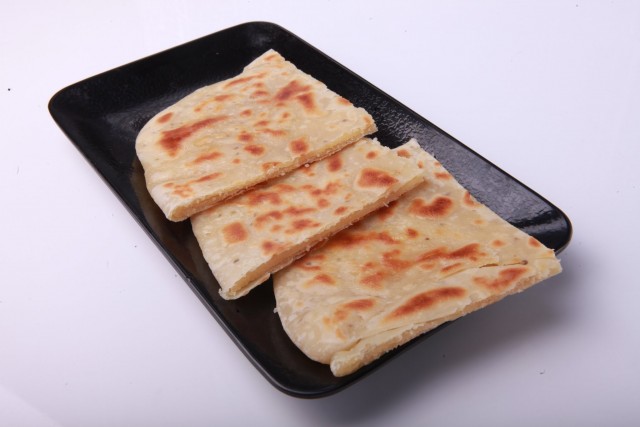A Food journey of Mughlai Cuisine
Mughlai cuisine is an outcome of the Mughal rule in India from the early 16th to the mid-18th century. The flavours of Mughlai food vary from mild to spicy depending on the use of whole and ground spices. Belonging to the north of the country.
Mughal cuisine is a term often used in Indian restaurants around the world to denote a rich, creamy array of dishes ostensibly tracing their origins to the imperial kitchens of the Mughal Empire. The Mughlai cuisine is generally quite spicy, rich and heavy marked with a very unique aroma. It has over time remained one of the most popular and favourite cuisines among foodies across India. Some of its signature dishes include Biriyani, Mughlai Paratha, Murg Musallam, Kebabs, Malai Kofta and Rezala that are bound to entice the gastronomic enthusiasts to crave for more.
History & Evolution of this Cuisine
The Mughlai cuisine developed in the royal kitchens of the Mughal Empire starting from the rule of Babar who initiated the Mughal Empire in India in the 16th century. His autobiography called ‘Babarnama’ mention about various food items including Kebab prepared out of sheep. It is originated in northern India in places such as Uttar Pradesh, Delhi, and also among Muhajir expats in Pakistan. Traces of Mughlai cuisine can also be found in the Indian cities of Bhopal and Hyderabad where Central Asian cuisine largely influenced its flavors.
- The Mughlai cuisine represents a mix of Indian cuisines with that of the Persian cuisines. Muslim dynasties introduced the use of Tandoor, Kebab, Keema and Naan prior to the Mughal dynasty. However with time these items developed as an integral part of the Mughlai Cuisine. the Persian language was adopted by the Mughal Empire as the official language, thus many of the Mughlai Indian dishes bear names in these languages. Mughlai cuisine has a profound influence on the culinary styles and regional cuisines of present day India, Bangladesh and Pakistan and its cooking style is applied in traditional North Indian cuisines, particularly in Delhi and Uttar Pradesh as also in the South Indian city of Hyderabad in Telengana. The cuisine also marks its influence in the city of Karachi in Pakistan, especially among the Muslim immigrants called Muhajir who migrated from different regions of India following the Partition of India. The Mughal cooking techniques also had profound influence in the Awadh region which eventually led to the development of the Awadhi cuisine of Lucknow
- The strong influence of Muslim cooking styles is evident throughout Mughlai meals as Mughals left a lasting impact on India. This is evident as Mughlai dishes are still very common and desired these days.
Distinct feature of Mughlai food;-
- .The Mughals were Muslims by religion and thus did not eat pork and as Hindus did not consume beef thus meat of these two were not part of Mughal cuisines. The primary non-vegetarian dishes would comprise of meat of goat, fowls, sheep and venison. Among the most distinctive features of Mughlai cuisine are the unique use of combination of ground and whole spices and the distinguishing aroma that gives each dish a unique and exotic taste.
- Mughlai dishes vary from mild to medium-hot and are often associated with a distinctive aroma and the taste of ground and whole spices. Their gravy is mostly cream and nut-based with hot spices like cinnamon, cardamom, cloves, and nutmeg, saffron etc. These popular Mughlai-style gravies also pair well with rice and bread. Examples of these traditional dishes include Mughlai chicken, Mughlai biryani, Mughlai paratha, malai kofta, reshmi kebab, kadhai gosht, and murg tandoor.
The Lucknow Dastarkhan would not be complete unless it had the following dishes-
- Korma-(Braised Meat in Thick gravy)
- Salan- (A gravy dish of Meat or Vegetables)
- Keema– (Minced Meat)
- Kabab-(Pounded Meat cooked on either griddle, roasted, pan fried)
- Bhujia– (Cooked Vegetable
- Dal-A Lentil preparation
- Pasanda– (Fried slivery of very tender meat usually kid in gravy)
- Rice dishes– Lucknow is known for its vide variety of Biryani & Pulao
- Roti– Bread, Paratha, sheermal, Rumali Roti, Kulchas & Taftan
- Dessert- Popular sweet items such as Rice Kheer,Sheer Brunj, Muzaffar, Halwas & Malai creams etc.
- Extensive use of milk, cream and butter in various gravies and curries makes the dishes even more appetizing with foodies ending up licking their fingers. The different spices, saffron, dry fruits, ghee and other diary produces makes the traditional Mughlai cuisines quite rich and heavy, however more lighter versions that are low in fat contents are tried and tested nowadays by the more health conscious but enthusiastic foodies.
- A Mughlai course is an elaborate buffet of main course dishes with a variety of accompaniments. The Mughlai dishes are varied, both vegetarian and non-vegetarian, starting from Biriyani, Pulao, Naan, Kofta, Kebab, Pasanda, different tandoori items, to a wide range of sweet dishes like Sheer Korma, Shahi Tukra, Kheer, Kulfi and Firni.
- Cooking technique-The preparation of Mughlai cuisine was likely time-consuming and very involved with the number of flavored sauces and butter-based curries.
- The use of dried fruits and nuts is fairly common even in everyday foods. Dairy products like milk, cream, cottage cheese, ghee (clarified butter) and yogurt play an important role in the cooking of both savory and sweet dishes.
Use of Chandi ka Vark & Gold leaf (Sone ka vark) in Mughlai dishes:-
Mughlai cooks used to decorate or garnish their several swets & savouries dishes with a super fine filigree foil sheet of pure metals made from silver(chandi) & Gold (Sona). The silver and gold are edible, though flavorless. Varak is made by pounding silver into sheets a few micrometres (μm) thick, typically 0.2 μm-0.8 μm. The chandi comes from the land of Varanasi where it is made in sheets on machines.
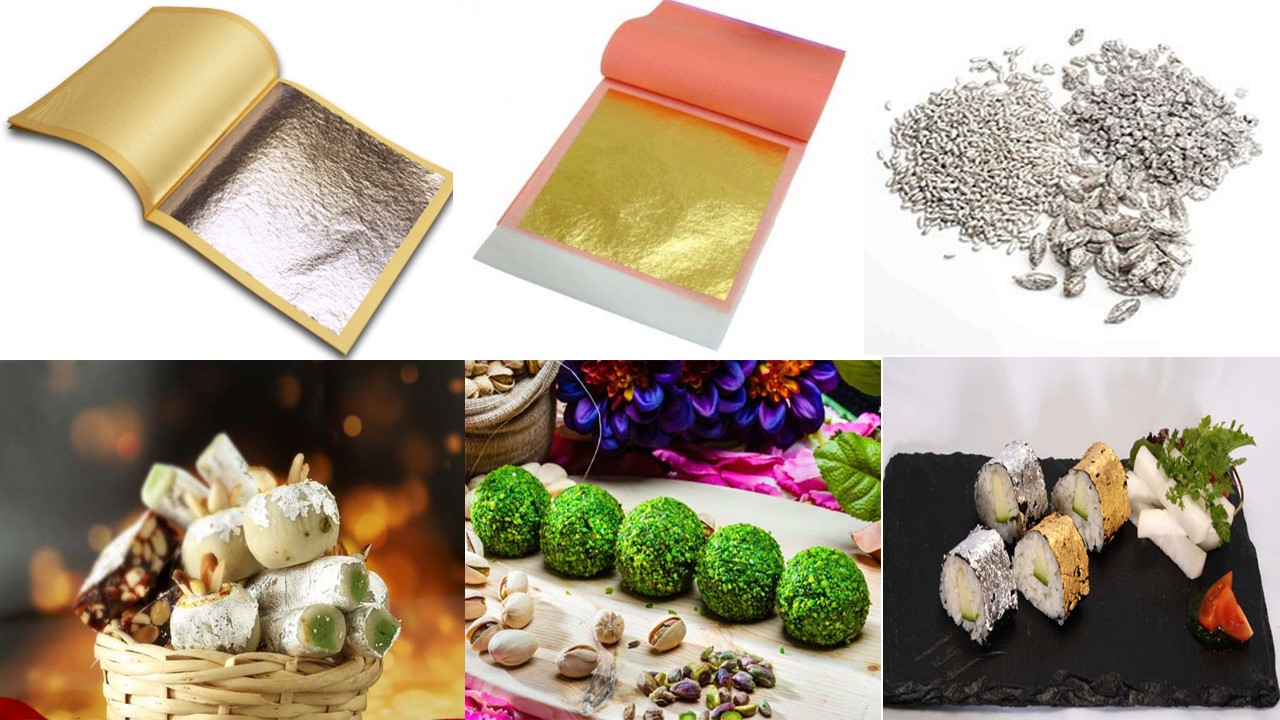
these flavorless, micrometer-thin sheets of silver (chandi in Hindi) are commonly found on sweets such as barfi (a milk-and-nut-based sweet paste), badam ki jali (an almond biscuit-like treat), and qubani ka meetha (an apricot paste). Gold, or sone ka, warq also exists, but is less common. Besides sweets, warq is often pressed onto paan, an elaborate breath-freshener and mild stimulant made of mixed spices and areca nut wrapped in betel leaves.
While traditional silver warq is safe to consume, these modern imitators are not, and the Indian government has begun regulating warq production more tightly in response.
Awadhi food is not Mughlai! Here’s what makes it different
- Awadh was the region in Central India that covered parts of Uttar Pradesh and a little portion of Nepal. It was a fertile Gangetic region that produced some of the finest grains in the country. The cuisine was native to Lucknow and was influenced by Bhojpuri, Mughlai and even Hyderabadi and Kashmiri culinary traditions. The Nawabs of Awadh had in their kitchens Khansamas from all these regions and hence the influence was quite pertinent, but still Awadhi food has its own distinct character and is quite different from Mughlai.
- The innovators of Dum Style- the culinary geniuses of Awadh invented the Dum-Style of cooking which was unique because it not just retained the flavours and aroma of the food, but also much unlike the modern pressure-cooker, It is different from pressure cooking as no steam is let out. Yes, cooking food on slow fire, by sealing the steam exit points of the vessel, which is mostly the traditional deg, is the typical Awadhi style which makes it different from Mughlai, Kashmiri or Hyderabadi food.
- Awadhi Kebabs– Kebab has a long history in India. It was a part of the Muslim cuisine much before Mughals came. Famous historian Ibn Battuta records Chicken Kebabs being served by Royal Houses in the Sultanate period. Each royal cluster in India had its own variation of kebabs. Lucknow takes pride in the variety of kebabs that are part of its cuisine. While most kebabs were common to almost all Royal kitchens across India, some were originally invented here, like the famed Tunday Kebab named after its creator who had only one hand and the Galawati Kebab that are soft, crumbling meat patties made for a toothless Nawab who was fond of meat but he could not have most varieties of kebabs as they were tough.
- Another delectable Awadhi kebab is the Chapli kebab. It is almost like the Galawati kebab and is cooked in a pan. In fact the main difference between Awadhi and Mughlai kebabs is that most kebabs from the former cuisine are pan fried and not cooked in a tandoor. Namak Mandi serves its subtly flavoured Galawati Kebab with Hazari Paratha which is an unleavened Indian flatbread with a mild sweet taste. Other Awadhi Kebabs worth trying are Burra Kebab and Murg Balai Kebab which is marinated in cream and is tender and juicy.
- Awadhi Biryani- The Awadhi Biryani does not have a spice overload. The Biryani is cooked with a minimum of spices and the main ingredients are meat and rice. It still has an unforgettable aroma and is cooked on Dum by sealing either the Deg or cauldron with dough or for individual portions the biryani is steamed inside a dough ball which rises as the steam builds up inside. It is finally cut open to enjoy the final dish.
- Whereas Mughlai biryani is richer with lot of use of dry fruits, spicier and more aromatic (with use of Kewra water) as compare to the Awadhi biryani. It is also cooked on dum by sealing the pot or Deg.
Other Delicacies- The Awadhi Dastkhwan was elaborate and niche and included apart from kebabs and biryanis, dishes like kaliyas, kulchas, zarda, sheermal, roomali rotis, tehri, warqi parathas, salans etc. The use of spices was limited as the emphasis was on aroma. Cardamom and saffron is used liberally in this cuisine. Unlike Mughlai food which is doused in cream and loaded with ghee and butter and is high on spices as well, Awadhi food has subtler flavours and has the authentic taste of the main ingredients is retained. The daal is cooked overnight to get that perfect taste and the mutton is chopped in the right size to let the flavours of the curry seep in.
Sweet delicacies:– Most of the royal desserts are common throughout India with their roots in the kitchen of the Mughals like the Sheer Khurma, Gajar Ka Halwa, Falooda, Gulab Jamun, Jalebi, Barfi and Kesar Firni and of course the quintessential Kulfi. But there are certain desserts typical only to the Awadhi Cuisine like the delicate milk pudding made with cream called Nimish, Sheemal, which though is a type of bread but also qualified as a dessert because of its sweet taste and the fruit kulfis that the region offers.
Some of the most popular Mughlai dishes: –
Biriyani:- It is one of the most lips smacking mixed rice delicacies that comprise of rice, meat and different rich and aromatic spices and seasonings among other ingredients and prepared with great precision giving it a yummy and exotic taste. There are different varieties of Biriyanis found that vary in ingredients used according to different regions they belong to or according to the meat used. The most famous variety is perhaps the Hyderabadi Biriyani that is a signature dish of the Hyderabadi Muslims. Other varieties include the Delhi Biriyani, the Calcutta/Kolkata Biriyani, the Sindhi Biriyani and the Malabar Biriyani among others. The vegetarian version of biriyani called Tehari, Tahari or Tehri was developed so that the Hindu bookkeepers of the Muslim Nawabs can savour this rice delicacy.
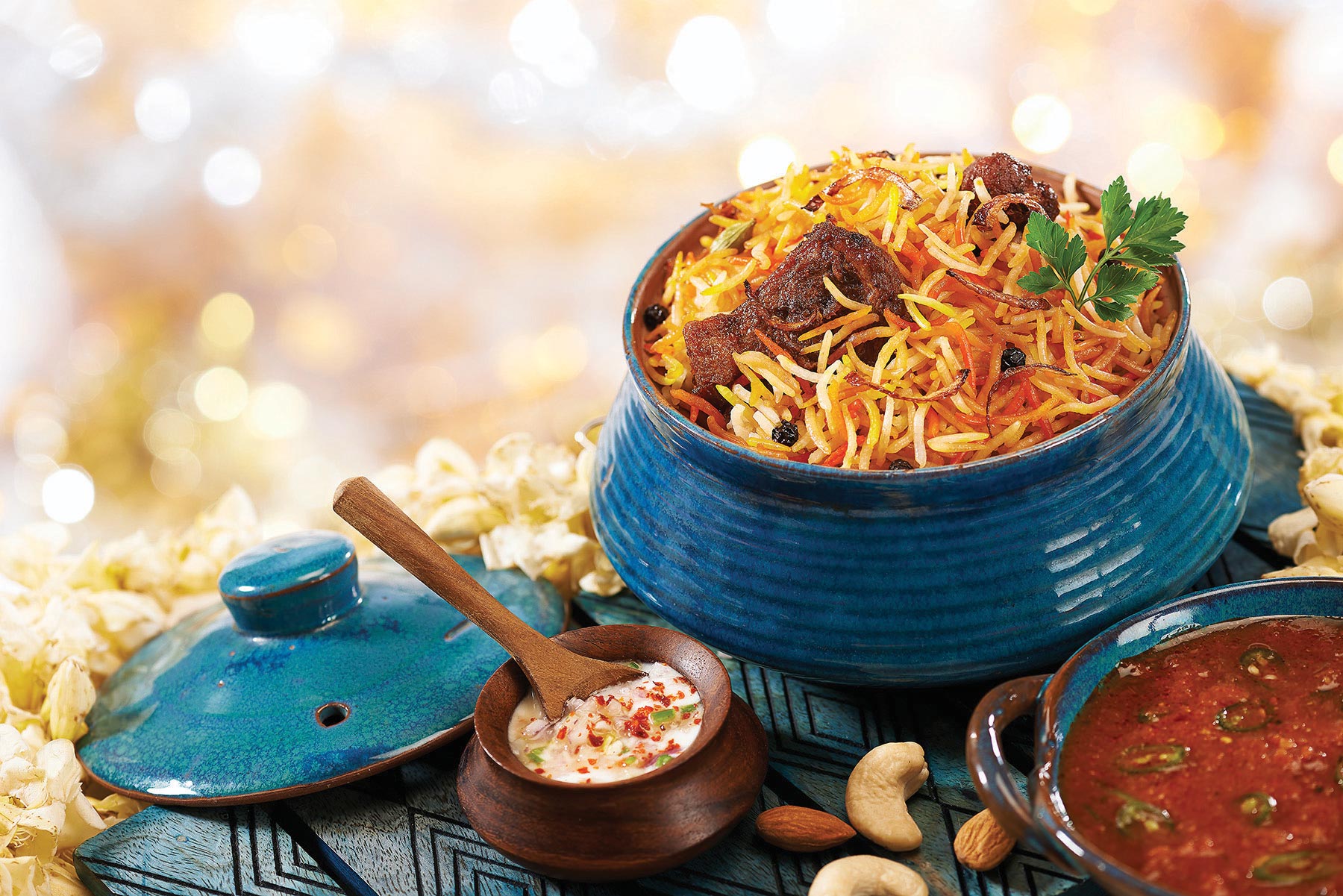
Murg Musallam:- Murg Musallam is a stuffed roasted chicken. The chicken is first marinated for several hours and stuffed with boiled eggs and dry fruits, which is further cooked in different spices. This dish is considered as favorite one of the royal family. The dish is garnished beautifully with chandi vark.

Kebabs:–The origin of variety of Indian Kebabs that are usually eaten as snacks or starters trace back to the Mughal cuisine that includes appetizing dishes like Boti Kabab and Reshmi Kebab. Traditionally each of these dishes based on grilled meat has distinct set of ingredients including exclusive combination of spices and unique cooking procedures. With time cooking procedures including grilling and roasting developed in preparing varied forms of kebabs, some of the popular ones being shish kebab, shammi kebab, doner kebab, Tunde ke kebab and tikka kebab.
Seek Kebabs:–Kebabs have always been an important part of Awadhi cuisine. These are special kebabs made of lamb. The lamb is blended with different special spices and cooked on the charcoal which provides it the tenderness and juicy flavor. The aroma of these kebabs is mouth watering.
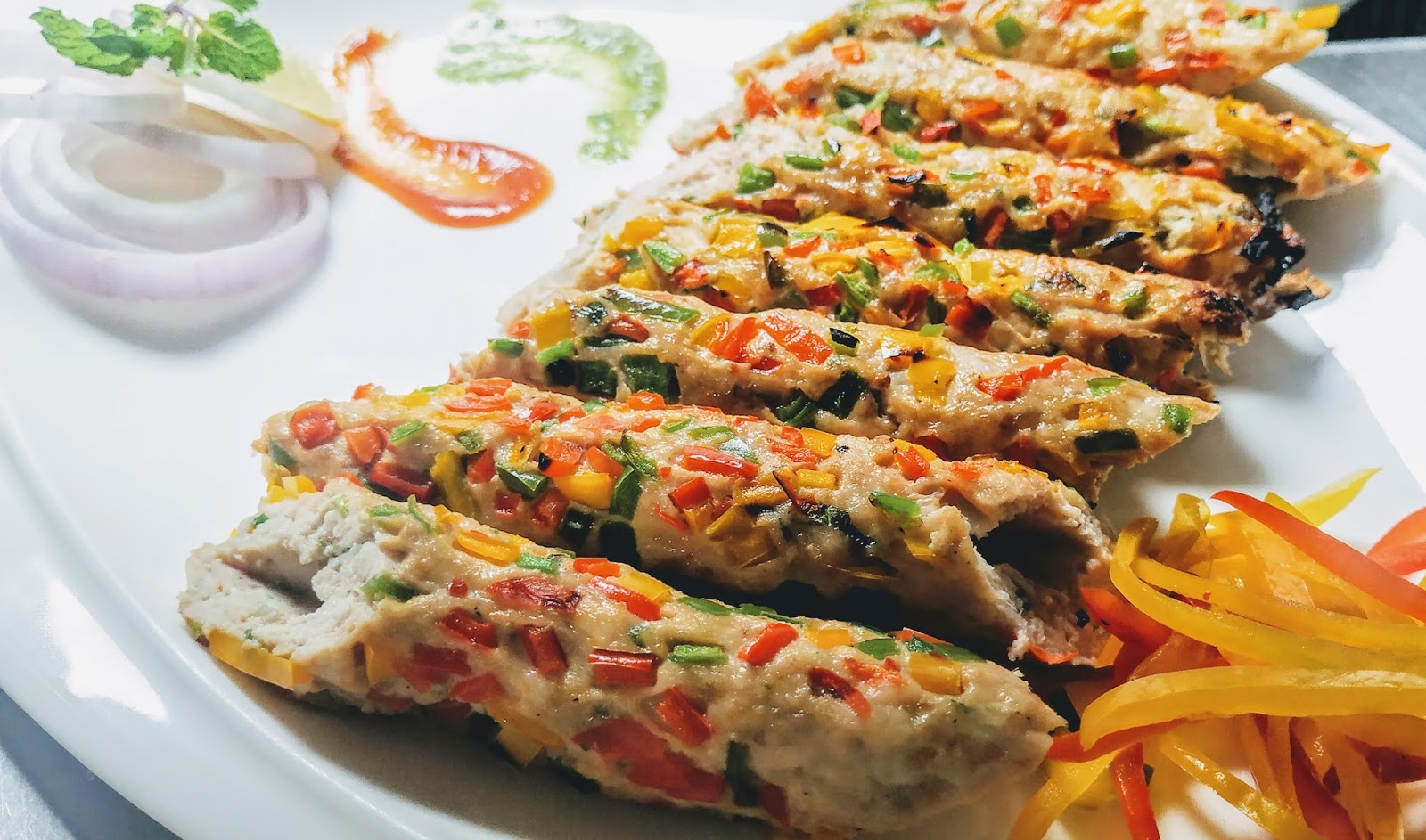
Mutton Korma:-The dish is prepared by cooking mutton in the spicy gravy made out of dry fruits, yogurt, and cream. The mutton is cooked on a low flame so that the spices added to the curry add its flavors to it. The mutton becomes tender and juicy in taste. It is served with paratha or rice and tastes delicious.
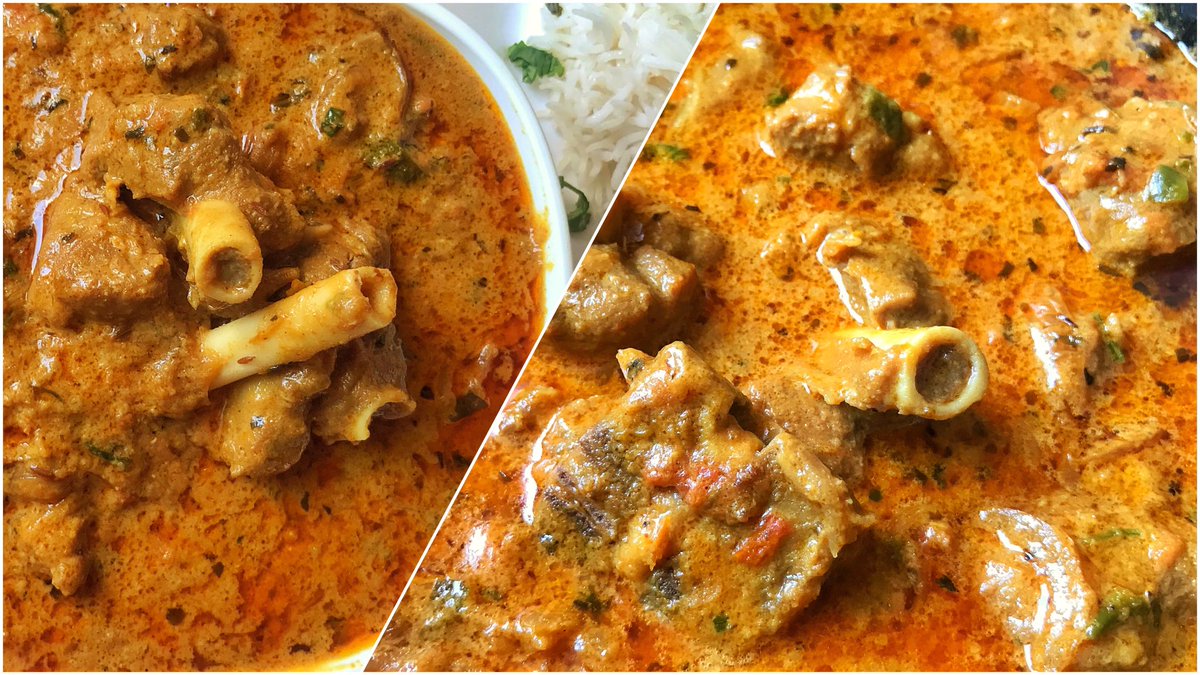
Mutton do pyaza:-The specialty of this dish is that its sauce is prepared of onions. The content of onions in its sauce provides it a very different flavor. The spices added to its sauce increase the aroma and deliciousness of the dish.
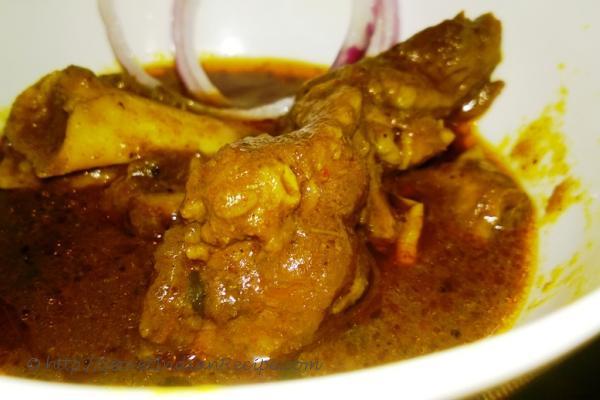
Pasanda :-Another delicacy from the royal Mughal kitchen is Pasanda, the name of which is probably derived from the Urdu word ‘pasande’ which means favourite. It is traditionally a rich lamb curry made of lamb legs that are flattened into strips and marinated with ingredients like chilli powder, yogurt and a combination of spices for hours. The marinated lamb legs are then fried with other ingredients like onions, coriander and chillies among others.

Warqi Paratha:-It’s a layered paratha which is usually served with curry based dishes. It makes the perfect combination with non-vegetarian curry.
Nihari Ghost:-It’s a dish made of spicy sauce and tender meat. The content of sauce of this dish is more with tender mutton soaked into it. The spicy sauce of this dish will blow your mind.
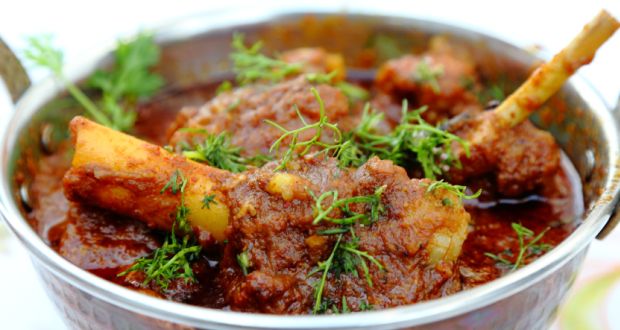
Nimona:-The curry of a dish is made out of grinded peas with pieces of potato soaked into it. Every single vegetarian who tries it for the first time loves it. It is usually served with boiled rice and both make a great combination.
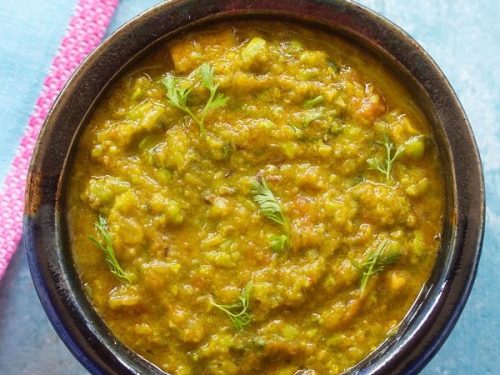
Makhmali Murg:–The sauce of this delicacy is made of milk and cream which gives it a white color. The pieces of chicken are soaked into this creamy sauce. The flavor of the sauce is sweetish and fascinating.
The creamier the sauce the better it tastes.
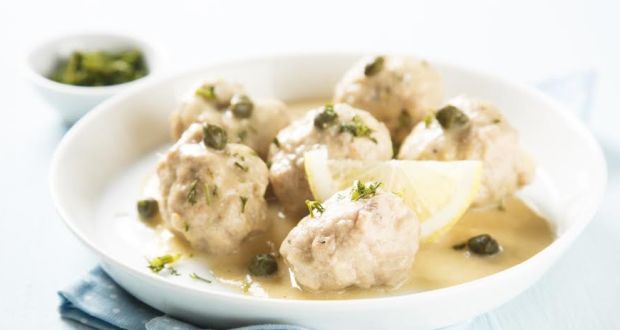
Galaouti Kebab:-The name itself reveals the secret of this delicacy. The grinded flesh of lamb or beef mixed with the variety of spices provides it a perfect taste. The fried kebabs melt down as soon as you keep it on your tongue, reviving all the taste buds in your mouth.
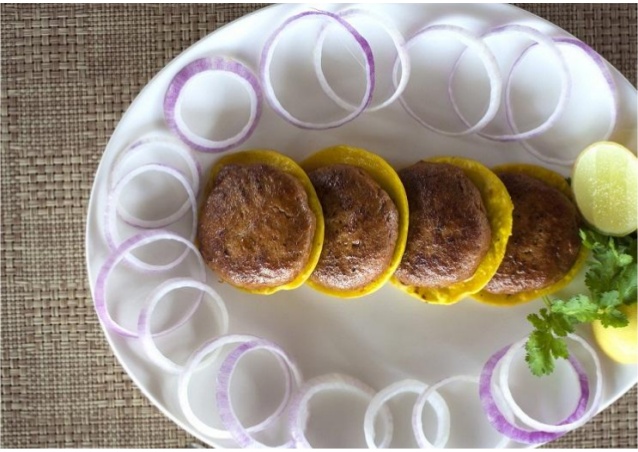
Kadhai Murg:-The dish is very common one among all the Awadhi delicacies. The curry is medium spicy and the pieces of the chicken is cooked with the curry on low flame in a kadhai. Every bit of the spice added to the curry flavors the chicken. The tenderness of the flesh increases due to low flame cooking.

Shahi Tudka:–The word shahi always means royal, and that’s what this dish is. The dessert is made of bread as its base with the topping of rabri and dry fruits, flavored with saffron and cardamom. The deep fried bread at the base is soaked in cardamom flavored sugar syrup. The aroma and presentation of this delicacy are amazing.

Sheer Korma/Khurma:-It is a very popular Muslim vermicelli pudding that is prepared during festivals like Eid ul-Fitr and Eid al-Adha. The main ingredients of this dish, the name of which literally means milk with dates, are whole milk, vermicelli, dates and sugar, while rose water, almonds, raisins, pistachios, saffron, cloves and cardamom are added depending on the choice of the region.
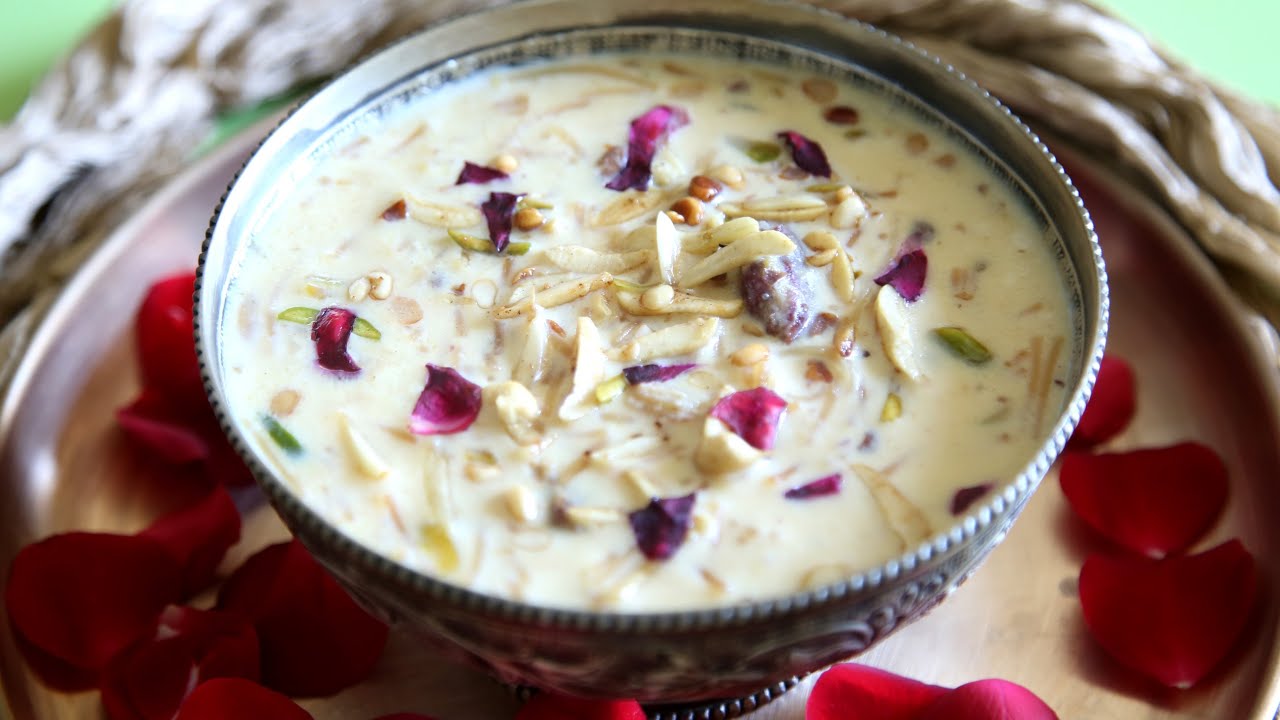
Firni:-It is a kind of rice pudding that is set and served in shallow earthen dish. This rice based sweet is garnished with saffron, pistachios and chopped almonds.

Malai Ki Gilori:–As the name suggests, this dessert is made of malai with the stuffing of dry fruits and mawa. The flavor of cardamom is quite pleasant. The outer covering of malai is decorated with an edible silver coating which is also known as vark and pista.
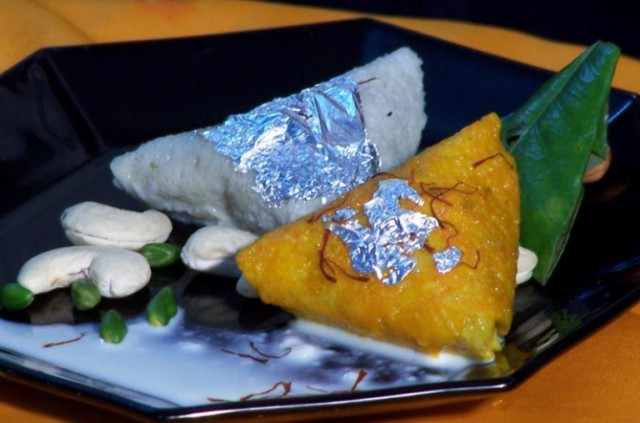
Kulfi Faluda:–It is the most favorite dessert of Lucknowites. It is the combination of saffron flavored kulfi which is the iced milk and dry fruits garnished with falooda. The pleasant aroma of aroma and scented faluda will refresh you. It completes your five- course meal perfectly.

Content Reference:-
The above content has been compiled after referring various culinary books, Research Papers, Research articles, Food magazines, news papers, top culinary websites, Govt websites, personal interaction with renowned chefs from various hotel brands like The Ashok Group of hotel, ITC, Oberai, Leela, Park Hotels & various IHM Faculties, Nutritionists etc. & many more. The picture which i have used has been taken from the open source website .Some of the important website referred for the above content are:-

